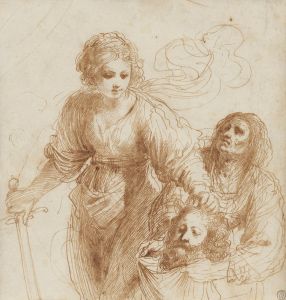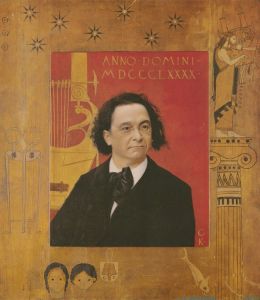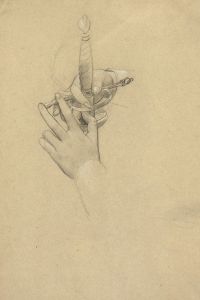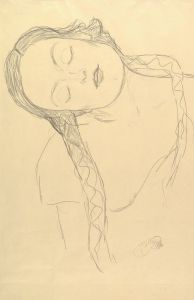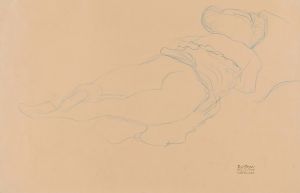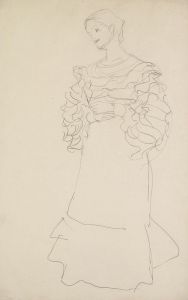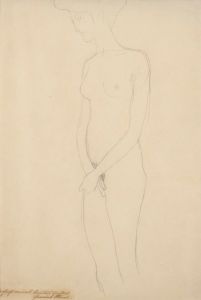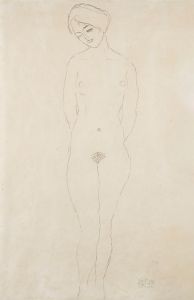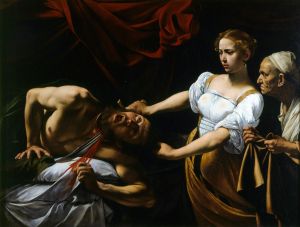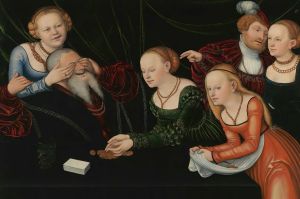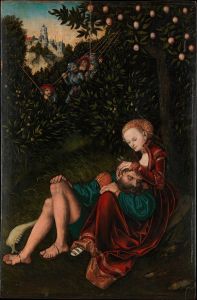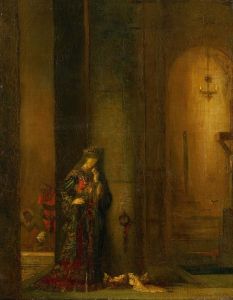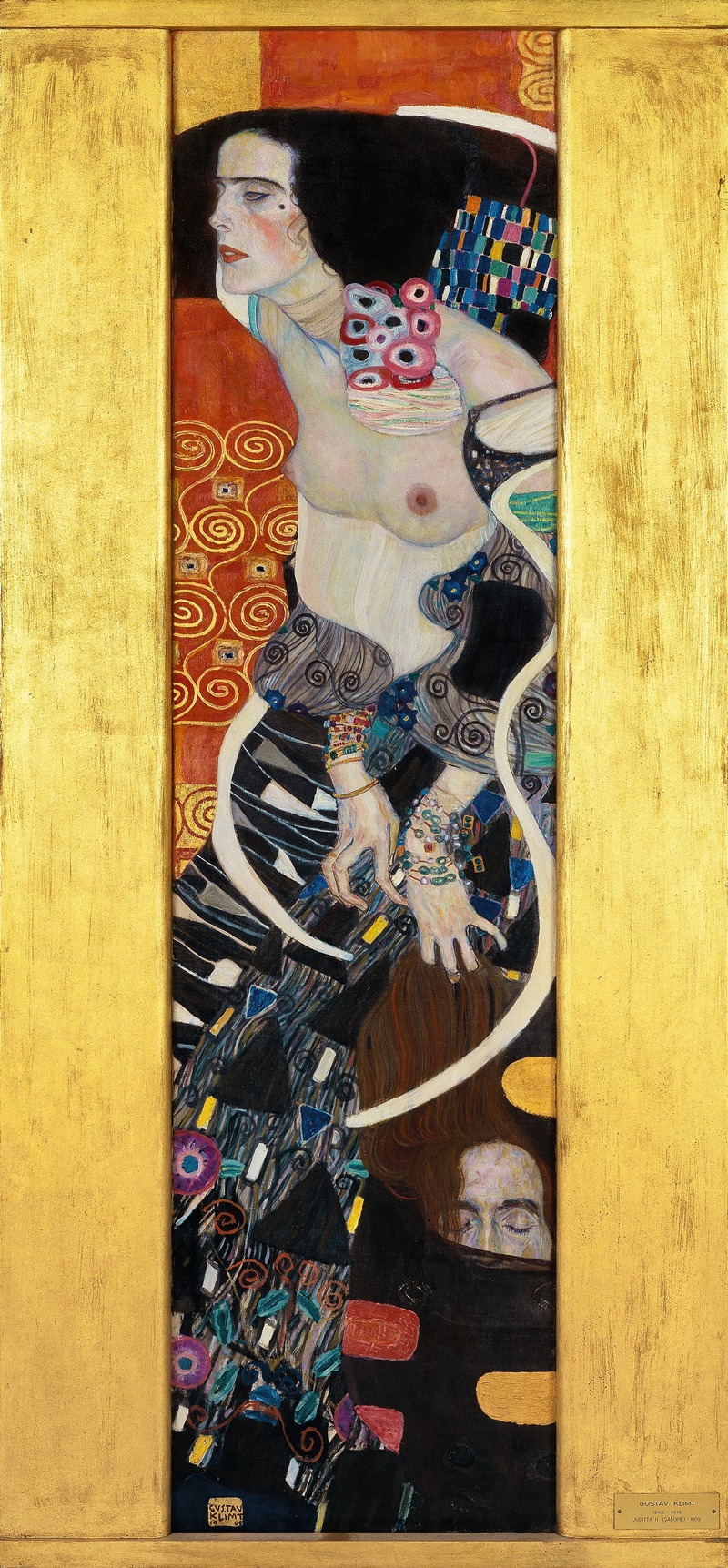
Judith II
A hand-painted replica of Gustav Klimt’s masterpiece Judith II, meticulously crafted by professional artists to capture the true essence of the original. Each piece is created with museum-quality canvas and rare mineral pigments, carefully painted by experienced artists with delicate brushstrokes and rich, layered colors to perfectly recreate the texture of the original artwork. Unlike machine-printed reproductions, this hand-painted version brings the painting to life, infused with the artist’s emotions and skill in every stroke. Whether for personal collection or home decoration, it instantly elevates the artistic atmosphere of any space.
"Judith II" is a painting by the renowned Austrian Symbolist painter Gustav Klimt, completed in 1909. This artwork is also known as "Judith and the Head of Holofernes" and is part of Klimt's exploration of the biblical story of Judith, a theme he first addressed in his earlier work "Judith I" (1901). The painting is a significant example of Klimt's mature style, characterized by its use of gold leaf, intricate patterns, and sensual portrayal of the female form.
Gustav Klimt was a leading figure in the Vienna Secession movement, which sought to break away from traditional academic art and embrace a more modern, expressive style. His work often focused on themes of eroticism, beauty, and the complex interplay between life and death. "Judith II" exemplifies these themes through its depiction of the biblical heroine Judith, who is celebrated for her courage and cunning in saving her people by seducing and beheading the Assyrian general Holofernes.
In "Judith II," Klimt presents Judith as a powerful and enigmatic figure. The painting captures her in a moment of triumph, holding the severed head of Holofernes. Unlike the more serene and composed depiction in "Judith I," this version portrays Judith with a more intense and almost aggressive expression. Her eyes are wide and her mouth slightly open, suggesting a complex mix of emotions. This portrayal aligns with Klimt's interest in the femme fatale archetype, a common motif in his work.
The composition of "Judith II" is notable for its vertical format and the use of decorative elements that frame the figure of Judith. Klimt employs a rich palette of colors, with gold and deep blues dominating the canvas. The background is filled with intricate patterns and textures, which are characteristic of Klimt's decorative style. These elements not only enhance the visual impact of the painting but also contribute to its symbolic depth.
Klimt's use of gold leaf in "Judith II" is particularly striking and reflects his fascination with Byzantine mosaics and the opulence of the Byzantine Empire. This technique adds a luminous quality to the painting, creating a sense of otherworldliness and elevating Judith to an almost divine status. The gold elements contrast with the darker tones of the background, drawing the viewer's attention to Judith's face and the head of Holofernes.
"Judith II" is housed in the Galleria Internazionale d'Arte Moderna at Ca' Pesaro in Venice, Italy. It remains an important work within Klimt's oeuvre and continues to be studied for its innovative approach to portraiture and its exploration of complex themes. The painting is a testament to Klimt's ability to blend symbolism, eroticism, and decorative art into a cohesive and compelling narrative.
Overall, "Judith II" is a masterpiece that encapsulates Gustav Klimt's artistic vision and his contribution to the development of modern art. Through its bold composition and evocative subject matter, the painting invites viewers to contemplate the dualities of power and vulnerability, seduction and violence, and the timeless allure of the femme fatale.





